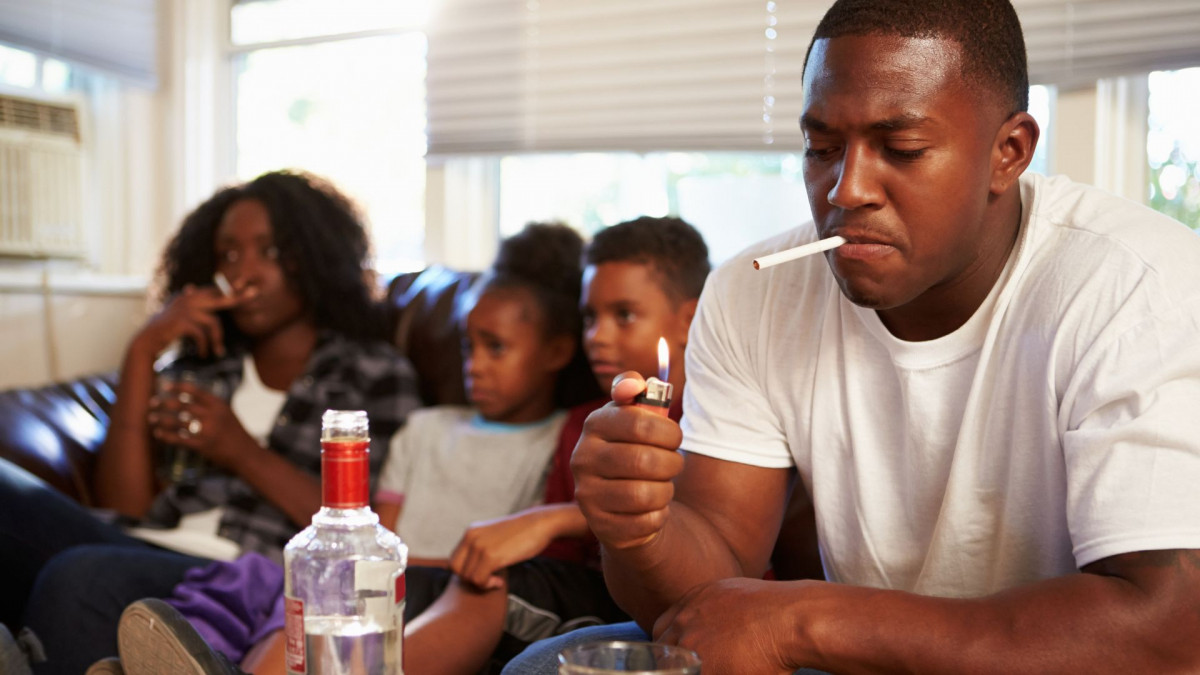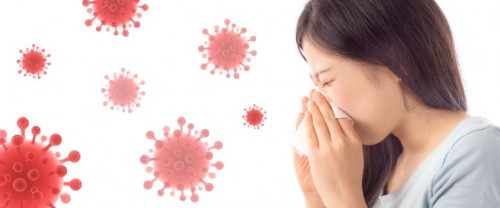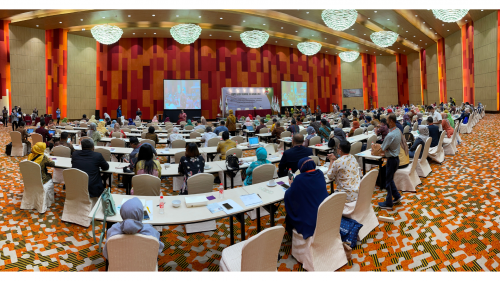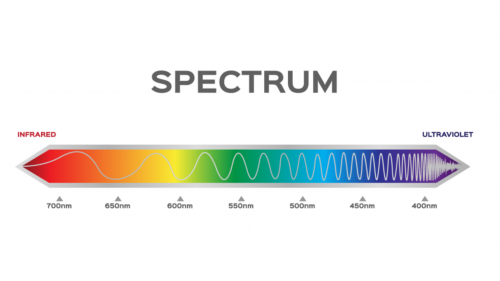Smoking leaves odors and poisons on clothes, rooms, and objects around smokers. This endangers other family members because they have close contact with household furniture that has been contaminated with various toxic substances from cigarettes.
Cigarettes are carcinogenic. Carcinogenic substances such as Tobacco-Specific Nitrosamines (TSNAs) can appear from cigarette smoke. TSNAs will form more quickly in rooms/houses used for smoking, these substances can stick to various types of surfaces which eventually turn into dust and are easily touched by fingers.
Tobacco-Specific Nitrosamines (TSNAs) is a strong carcinogen that can cause several types of cancer such as; cancer of the lung, esophagus, liver, mouth & pancreas.
Traces left on smokers when smoking in the house will form toxic substances that stick to the furniture. Family members who have close contact with household furniture are also at risk of being exposed to this hazardous substance.
Cigarette residue will last for a long time for tens of years, and the amount of toxic levels stored in the house will continue to grow. The environment in the house becomes unhealthy because it has been exposed to toxic substances from smoking in the house.
Other carcinogenic substances that can be stored in the environment for years are Polycyclic Aromatic Hydrocarbons (PAH). This substance can be absorbed into surfaces such as walls, furniture, and gypsum objects and carpets in the house.
The impact caused by the presence of smokers in the house is:
- Increase the risk of various types of cancer
- Triggers lung inflammation which can result in chronic obstructive pulmonary disease (COPD) and asthma
- Inhibits wound healing on the skin surface
- Throat and eye infections
This impact does not only occur in active smokers, but also in passive smokers, especially children and toddlers, because they are also contaminated with toxic substances in the house.
Secondhand smoke exposure contributes to approximately 41,000 deaths among nonsmoking adults and 400 deaths in infants each year. Children who are exposed to secondhand smoke are at increased risk for sudden infant death syndrome, acute respiratory infections, middle ear disease, more severe asthma, respiratory symptoms, and slowed lung growth. Children with asthma who are around secondhand smoke have more severe and frequent asthma attacks. A severe asthma attack can put a child’s life in danger.
Taking preventive measures would certainly be better than taking treatment when the disease has attacked. Preventive measures such as not smoking in the house will be easier to do than eliminating residual cigarette smoke in the house. It is necessary to clean all corners of the house, goods, and furniture, to repaint the walls of the house to minimize the toxic levels attached to the walls, this of course would be inconvenient.
By not smoking in the house, family members can be protected from the dangers of exposure to cigarette smoke and toxic substances, or the best decision you can make for your health and your family’s health is to quit smoking.
Reference:
- CDC. (2020). Smoking & Tobacco Use
- CDC. (2022). Health Problems Caused by Secondhand Smoke
- Dinas Kesehatan Surakarta. (2021). Bahaya dan Dampak Asap Rokok di Dalam Rumah
- KEMENKES RI. (2018). Awas, Racun Rokok Yang Menempel di Perabotan dan Bahayanya
- Verywellmind. (2022). TSNAs in Cigarettes and Cigarette Smoke: What Are They?






